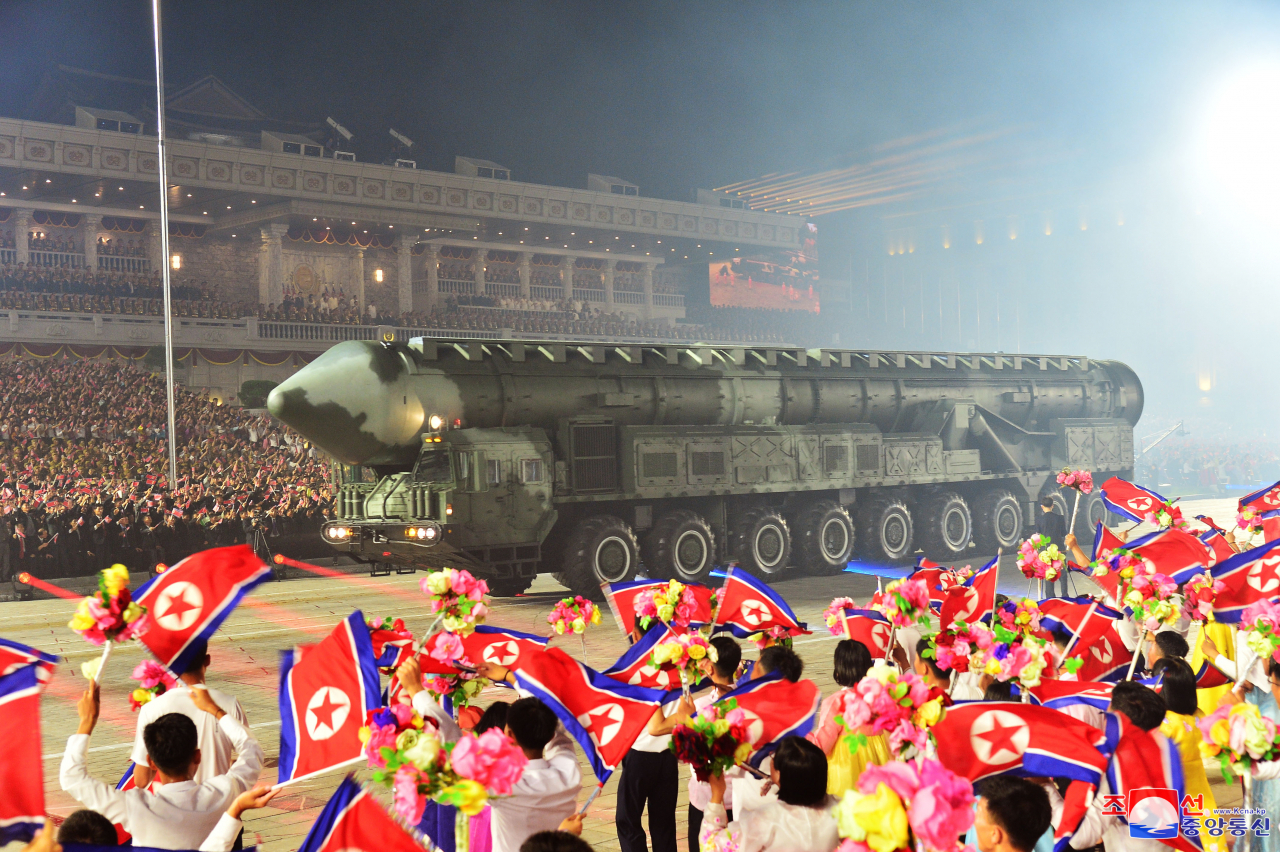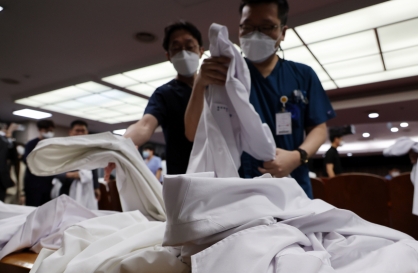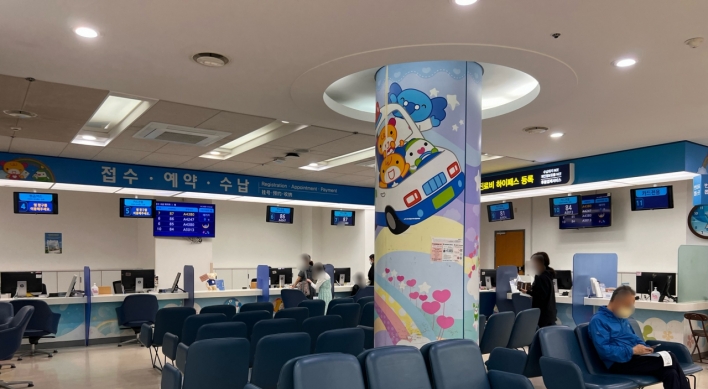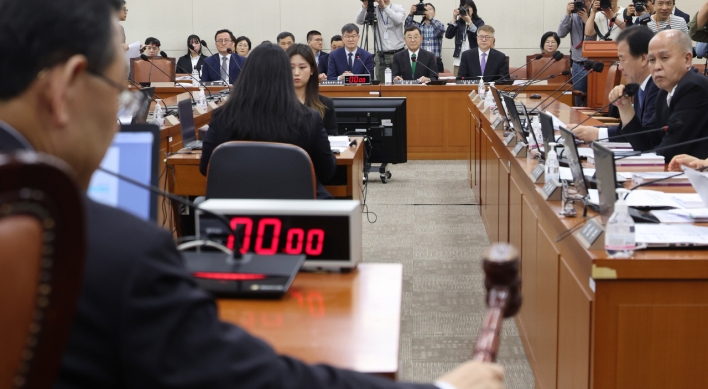Latest North Korean missile sparks new debate over possible Russian role
By ReutersPublished : Aug. 18, 2023 - 19:48

North Korea's latest Hwasong-18 intercontinental ballistic missile - its first ICBM to use solid rocket fuel - has ignited new debate over a possible Russian role in the nuclear-armed state's dramatic missile development.
In a report published on Thursday by the Washington-based Center for Strategic and International Studies, Theodore Postol, professor emeritus at the Massachusetts Institute of Technology, argued that the Hwasong-18 ICBM is likely the result of technical cooperation sourced to Russia.
The Hwasong-18 has been tested twice, including on July 12 in what was the longest flight time ever for a North Korean missile test.
It is the North's first ICBM to use solid propellants, which can enable faster and easier deployment of missiles during war.
The missile was first flown in April.
"The sudden appearance of these advanced capabilities is difficult to explain without cooperation from the Russian government and its scientists," Postol wrote, saying visual similarities suggest Russian may have decided to transfer an "advanced 50-ton solid propellant ICBM, the Topol-M, also known as the SS-27," to North Korea.
Russia and North Korea have recently called for closer military ties but North Korea has denied having any "arms dealings" with Russia.
Russia's foreign ministry did not immediately respond to the new report.
In response to recent allegations from a UN Panel of Experts that entities in Russia were procuring items for North Korea's missile programme, Russia denied any knowledge or information on transactions that would breach sanctions on North Korea.
Other analysts questioned Postol's report.
Researchers at California's James Martin Center for Nonproliferation Studies (CNS) noted in a draft report, shared with Reuters, factual inaccuracies, including mistaking the Russian Topol-M and Yars ICBMs, and misidentifying a spent Hwasong-18 rocket stage as a “decoy canister” designed to defeat anti-missile systems.
Postol did not immediately respond to a request for comment.
The Hwasong-18 clearly takes some design inspiration from Russian missiles, in this case Topol-M and Yars, just as many other North Korean missiles do, the CNS researchers said.
"We do not rule out the possibility that Russian entities may have assisted North Korea in its development of this system," the CNS researchers said in their report.
However, a close examination of images, videos and the performance of the missile shows clear differences that exclude the possibility that Russia transferred a complete ICBM system, they concluded, citing major differences in the guidance systems and the missiles' third stages.
Some of the Hwasong-18's systems, in fact, more closely resemble Chinese weapons, and the North has been publicly developing solid-fuel missiles since at least 2017, the researchers added.
"There is nothing sudden or surprising about North Korea’s continued development of large solid propellant rocket motors," they said.
Russian Roots
Markus Schiller, a Europe-based missile expert who has long argued that North Korea’s success in testing suggests it has had external support, agreed that the CSIS report "gets many issues blatantly wrong."
However, he said, those mistakes should not overshadow the signs that point to possible Russian involvement, including similar motor diameters and missile configuration, as well as the 100% test success rate, suggesting the missile used well-established technology as North Korea fired it on a trajectory that - had it failed - could have dropped debris on Japan.
"You simply don’t take such a risk with an untested missile," he said.
North Korea’s missile programme has roots in assistance it got from the Soviet Union, and later Russia, analysts say, and the boosters involved in propelling the warheads are similar to Soviet designs.
However, there is debate over how much that assistance has continued since the 1990s, and North Korea has many ways of gathering information about other countries' technology.
For example, a group of North Korean hackers secretly breached computer networks at a major Russian missile developer for at least five months last year, according to technical evidence reviewed by Reuters and analysis by security researchers.
According to recent sanctions designations by the United States, North Koreans in China and Russia, linked to the agency that oversees its missile development, procure materials and technical information for its nuclear and missile programmes, aided by at least one Russian telecommunications company and a Russian national.
Markus Schiller, a Europe-based missile expert, has also argued that North Korea’s success in testing suggests it has had external support.
Schiller notes, however, that under leader Kim Jong Un, North Korean missiles failed more often than in the past, suggesting that Kim was testing more homegrown designs than his predecessors.
Russia's defence minister Sergei Shoigu accompanied Kim to a North Korean defence exhibition and military parade last month that featured North Korea's banned ballistic missiles as the neighbours pledged to boost military ties.
The United States and South Korea have accused North Korea of providing military aid to Russia for the war in Ukraine, something both Moscow and Pyongyang deny.
South Korea's spy agency is closely watching for any Russian transfer of nuclear missile technology to the North, lawmaker Yoo Sang-bum told reporters in Seoul on Thursday. (Reuters)






![[Grace Kao] Hybe vs. Ador: Inspiration, imitation and plagiarism](http://res.heraldm.com/phpwas/restmb_idxmake.php?idx=644&simg=/content/image/2024/04/28/20240428050220_0.jpg&u=)
![[Herald Interview] Mom’s Touch seeks to replicate success in Japan](http://res.heraldm.com/phpwas/restmb_idxmake.php?idx=644&simg=/content/image/2024/04/29/20240429050568_0.jpg&u=)


![[News Focus] Lee tells Yoon that he has governed without political dialogue](http://res.heraldm.com/phpwas/restmb_idxmake.php?idx=644&simg=/content/image/2024/04/29/20240429050696_0.jpg&u=20240429210658)








![[Today’s K-pop] Seventeen sets sales record with best-of album](http://res.heraldm.com/phpwas/restmb_idxmake.php?idx=642&simg=/content/image/2024/04/30/20240430050818_0.jpg&u=)